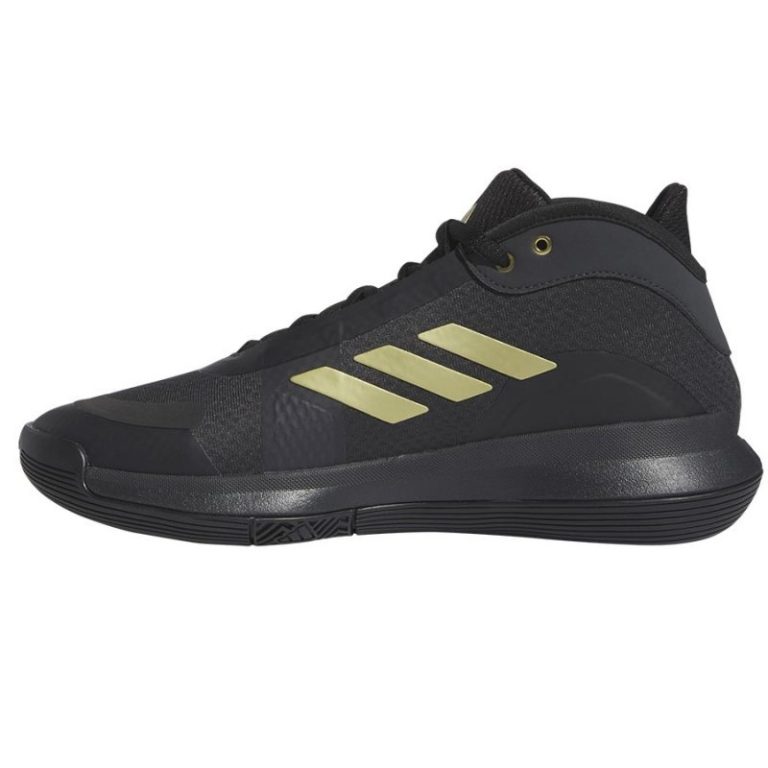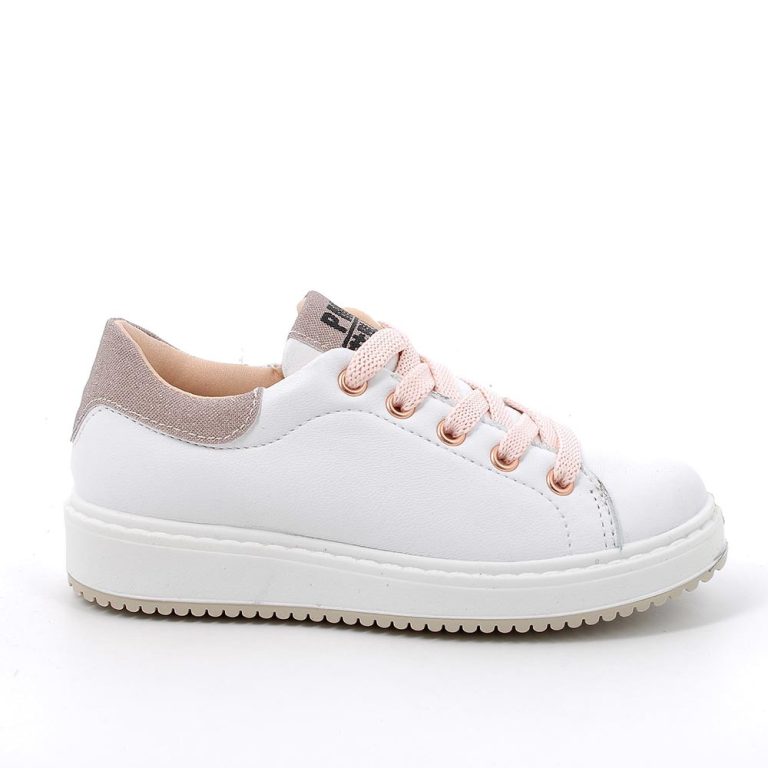
Choosing the Perfect Fit for Running Shoes
The Importance of Proper Shoe Size for Runners
Getting the right fit for your running shoes is essential for every runner. Whether you’re a beginner or a seasoned professional, a proper shoe size can make a significant difference to your running performance and comfort. Here, we’ll discuss the crucial reasons why wearing completely fitting shoes is not just a matter of comfort, but also a means to prevent injuries and enhance running efficiency.
Protect Your Feet from Injuries
Shoes that fit well help in preventing foot injuries. When the shoes are too tight or too loose, they may cause blisters, corns, and calluses. Correctly fitting shoes support your feet, reducing the risk of injury.
Better Running Performance
An accurately sized shoe allows for natural foot movement. This enables better propulsion and lessens unnecessary energy expenditure. As a result, you maintain a more effective stride during runs.
Avoid Unnecessary Pain
Wearing shoes that are not the right size can lead to pain, not just in your feet but also in your legs and back. The proper size gives a comfortable, pain-free experience.
Ensure Long-term Foot Health
Running with the wrong shoe size over time can lead to chronic foot conditions. These can be avoided by choosing shoes that fit correctly and provide adequate room for your feet.
Enhance Comfort and Enjoyment
Ultimately, running should be an enjoyable activity. When your shoes fit well, you’re more likely to enjoy your runs and less likely to experience discomfort that can discourage you from continuing with your running journey.
Running in the right shoe size is not just about comfort; it’s also about safeguarding your health and optimizing your performance. Remember, the foundation of a great run starts with the shoes on your feet.
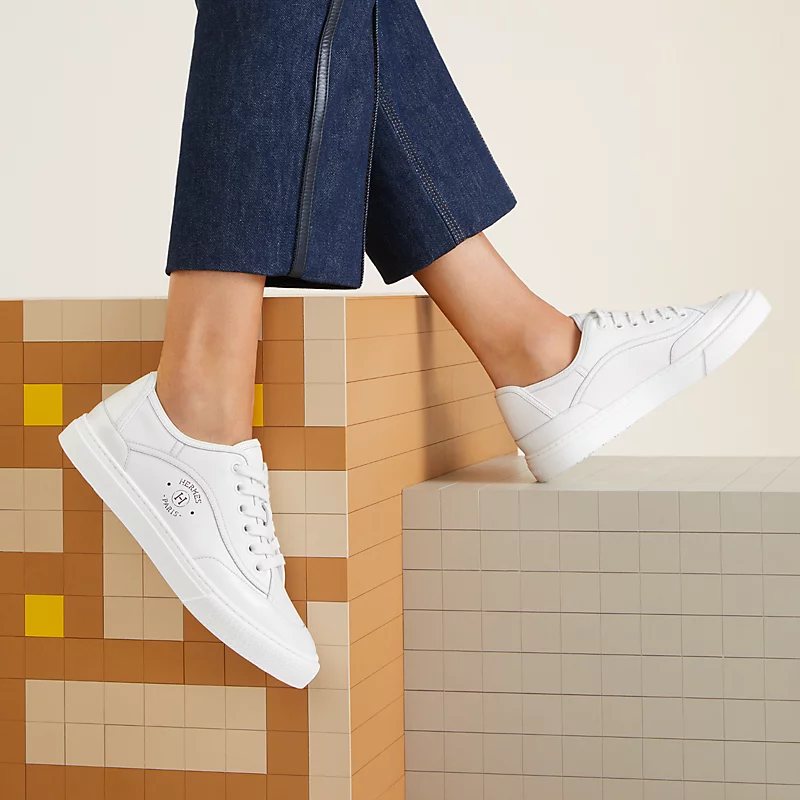
Consequences of Wearing Running Shoes That Are Too Small
Choosing running shoes that are too small can have several adverse effects on your foot health and running performance. Here we will explore the potential issues that can arise from this common mistake.
Damaged Toenails
Wearing snug shoes during runs can lead to toenails becoming damaged. This is due to toes continuously hitting the shoe front.
Blisters, Corns, and Calluses
Tight shoes can cause repeated friction on your skin. This may result in painful blisters, corns, or calluses forming on your feet.
Bunions and Toe Pain
Too-small shoes can aggravate bunions, leading to increased pain at the big-toe joint. Additionally, overall toe pain may occur due to constriction.
Increased Risk of Foot Deformities
Ongoing use of small shoes can contribute to the development of foot deformities. Roomy shoes help maintain natural foot structure.
Altered Running Gait
An improper fit could force you to change your stride. This compensatory gait can impair running efficiency, increasing injury risk.
In summary, picking running shoes of the correct size is not just a preference but a necessity. Ignoring this can cause long-term damage to your feet and negatively affect your running experience. When deciding how big should running shoes be, consider the potential consequences of shoes that are too small to make an informed choice. Always opt for a fit that allows for toe movement and adequate blood flow, enhancing both your safety and comfort while you run.
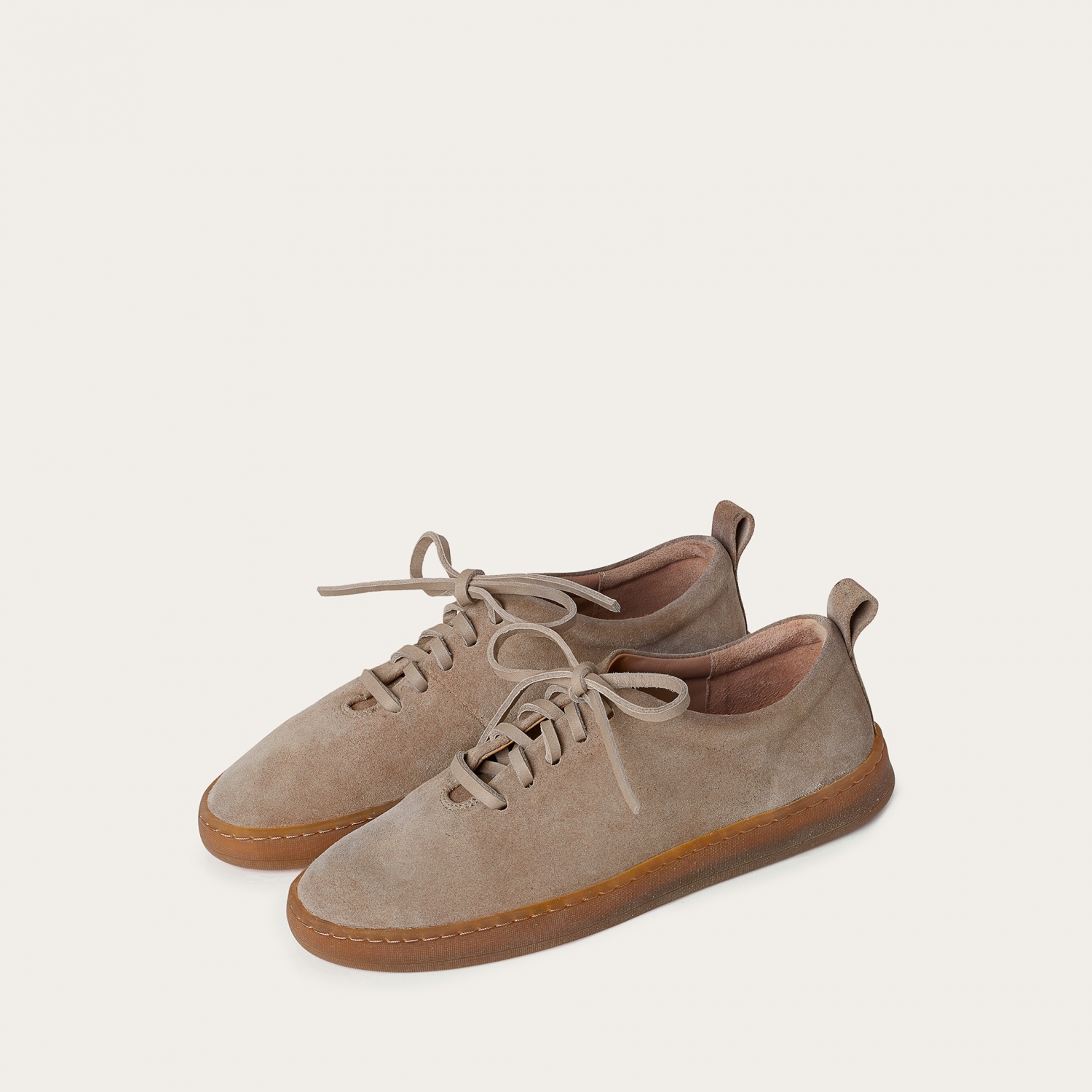
Issues with Overly Large Running Shoes
Just as small running shoes can harm your feet, shoes that are too large create issues too. Overly large shoes lead to your heel slipping out during runs. This can cause Achilles tendonitis from the constant heel movement. Your feet might also slide inside the shoes, which can result in blisters and toenail damage. It’s the same injuries you get with small shoes, surprisingly.
Reduced Stability and Control
When your running shoes are too large, your foot stability decreases. This can lead to poor control while running. Less control increases the chance of twisting an ankle or falling.
Uneven Wear and Compromised Cushioning
Large shoes affect how the sole wears down. Uneven wear can compromise the shoe’s cushioning, impacting foot support. This can make running uncomfortable and lessen shoe lifespan.
Impaired Running Form
Your running form can suffer with shoes that don’t fit snugly. Loose shoes make it hard to maintain proper form, leading to inefficient running. This may increase injury risk to more than just your feet.
The correct size of running shoes is critical to avoid issues associated with overly large footwear. It is important to follow guidelines to ensure a good fit, supporting a safe and effective run.
Guidelines for Selecting the Right Running Shoe Size
When choosing running shoes, size truly matters for both comfort and foot health. Here are key guidelines to follow:
Measure Your Feet Regularly
Feet can change shape and size over time, so measure them frequently. Use a shoe store’s foot-measuring tool for the most accurate fit.
Account for Foot Expansion
Your feet swell throughout the day and during exercise. Shop for shoes in the afternoon or after a workout to accommodate this natural expansion.
Ensure Space for Toes
Aim for a thumbnail’s-width of space between your longest toe and the shoe’s end while standing up. This prevents damage to toenails and allows for natural toe movement.
Check Heel Fit
Your heel should fit snugly, with minimal slippage. Shoes that allow your heel to slip can lead to injuries such as Achilles tendonitis.
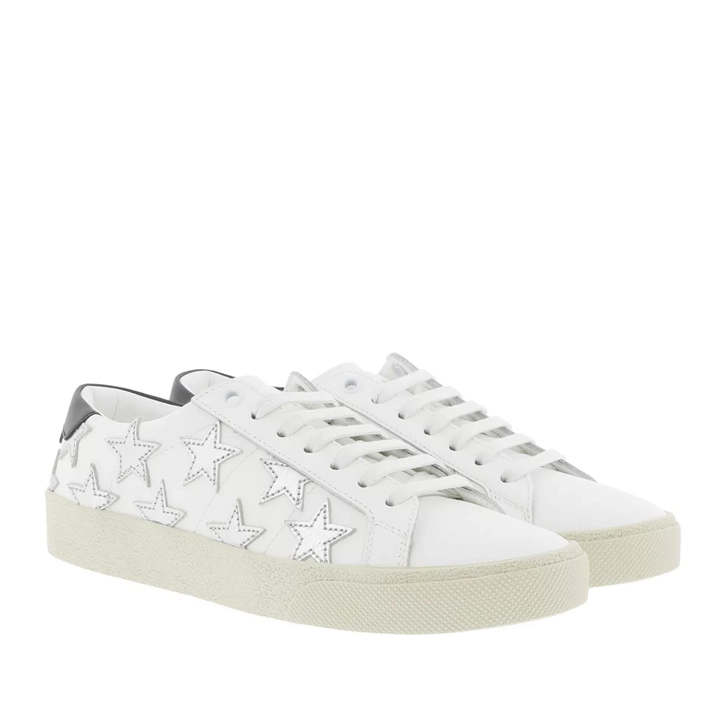
Wear Running Socks
Always try on shoes with the socks you plan to run in. This ensures the fit accounts for the sock’s thickness and material.
Watch for Width
Make sure there’s enough room in the width of the shoe. Tightness can lead to bunions and other foot issues.
Try Multiple Brands
Shoe shapes vary by brand. If one brand doesn’t fit well, another might offer a better shape for your foot structure.
Assess the Toe Box
The toe box should allow your toes to move freely. Too narrow toe boxes can cause long-term toe pain and deformities.
By following these guidelines, you can find running shoes that support your feet correctly, enhancing both comfort and performance.
Measuring Your Feet for an Accurate Fit
Getting the right fit for your running shoes begins with accurate measurement of your feet. It’s essential to know that size can change over time due to factors like aging, weight changes, and even pregnancy. Here’s how you should measure your feet to ensure you’re picking the correct size for running shoes.
Why Accurate Measurement Matters
Precise foot measurement helps prevent pain and injuries. Shoes that fit well provide comfort and improve performance. Feet can change over time, so frequent measurement is crucial for a perfect fit.
How to Measure Your Feet
Use a Brannock device at a shoe store for the most accurate measurement. Measure both feet, as they can differ in size. Do it in the afternoon when feet are at their largest to accommodate swelling.
Considering Foot Expansion
Your feet expand with activity and throughout the day. Measure after a workout or later in the day for the best fit. Remember, feet may swell during a run, requiring extra space in the shoes.
Importance of Frequent Measurement
Feet can change over years or due to conditions like pregnancy. Measure your feet every few years to keep up with any changes in size or shape.
By measuring your feet correctly, you can ensure you’re starting with the right foundation for selecting the best fitting running shoes. Always look for a balance between snugness and space to allow natural foot movements and changes in foot size due to various conditions.
The Role of Socks in Running Shoe Fit
Choosing the right running shoes isn’t just about the shoe itself; the socks you wear play a critical role as well. Here’s why considering your socks is essential when determining how big your running shoes should be:
Sock Thickness Affects Size
The thickness of your socks can change the way your shoes fit. Thicker socks require more space, while thinner socks may mean your shoes feel looser. Always try on running shoes with the socks you plan to wear for the most accurate fit.
Sock Material Can Cause Variation
Materials like cotton can swell when wet from sweat, altering the fit during a run. Synthetic materials, designed to wick moisture, may offer a more consistent fit. Choose socks based on the material and how it affects shoe fit over time.
Sock Cut Matters
Low-cut socks might let your shoes rub against your ankle, so consider this when trying on shoes. Higher-cut socks can provide padding, impacting the shoe’s internal space and fit.
Specialty Running Socks
Socks designed specifically for running often have features like padding in high-impact areas. This extra material can make a difference in how your running shoes fit. You may need a slightly larger shoe size to accommodate these specialized socks.
In short, the right socks are as important as the shoes themselves. They can influence how big running shoes should be to ensure a comfortable, blister-free run. Keep this in mind, and always wear your chosen running socks when shoe shopping.
Trying on Shoes and the Thumb Rule
When trying on running shoes, it’s vital to follow a simple yet effective method to determine the right fit. This is known as the thumb rule. It refers to the space needed between your longest toe and the end of the shoe. Here’s how to apply this rule correctly:
Ensure Adequate Toe Space
First, stand up with your shoes on, as feet expand under body weight. There should be a thumbnail’s-width of space from your longest toe to the shoe’s tip. Sometimes, the second toe is the longest, not the big toe.
Test for Toe Box Comfort
The toe box should allow for comfortable toe wiggling. If your toes feel cramped or squashed, the shoes are too small. Conversely, if there is too much space and your feet slide, the shoes are too large.
Verify Heel Position
Your heel must be secure, with minimal or no slipping. Heel slippage can lead to blisters and Achilles tendonitis. A snug heel fit provides stability.
Consider Width and Length
Width and length of the shoe both play a role. A shoe might be long enough but too narrow, or wide enough but too short. Both cases can lead to discomfort or injury.
Following the thumb rule when trying on shoes is a simple but highly effective way to ensure a pleasant and injury-free running experience. Shoes should offer a balance, giving enough room for expansion without being too loose.

Lacing Techniques to Prevent Heel Slippage
Preventing heel slippage in running shoes is crucial for comfort and injury prevention. The right lacing technique can keep your heel secure and enhance your running experience. Here’s how to lace your shoes to reduce heel movement:
Use the Heel Lock Method
The heel lock, also known as the “lace lock” or “runner’s loop,” is a popular method. Here’s how to do it:
- Lace your shoes normally until the second-to-last eyelet.
- Lace each end through the top eyelets to create loops.
- Cross the laces and feed each end through the loop on the opposite side.
- Pull tight and tie your shoes as you normally would.
Try the Window Lacing Technique
For those with narrow heels, window lacing helps:
- Start by lacing your shoes at the base as usual.
- When you reach the midsection, thread the laces through the eyelets directly above.
- Continue lacing upwards, skipping an eyelet to create a ‘window’.
- Finish lacing to the top and tie off.
Adjust Tightness Strategically
Proper tension in laces can prevent slippage:
- Don’t lace too tight; allow for natural foot expansion.
- Focus on snugness at the mid-foot and ankle.
- Loosen lacing closer to the toes for comfort.
By employing these lacing techniques, runners can significantly lessen the risk of heel slippage. This ensures a safer and more comfortable run, allowing you to focus on your performance rather than your shoe fit.
Shopping Tips: Time of Day and Workout Swelling Considerations
When looking for the right running shoes, consider the time of day and activity level. Your feet can swell from morning to evening and also from physical exercise.
Best Time to Shop for Running Shoes
Late afternoon or evening is the best time to shop. This is when your feet are most swollen. Buy shoes when they are at their largest size to ensure comfort. Avoid morning shopping when feet are smaller.
Consider Your Workout Routine
Shop after a workout to mimic foot swelling during runs. This way, you won’t end up with tight shoes during exercise. Pick a size that feels good after your feet have expanded.
Wear Your Normal Running Socks
Always wear the socks you’ll run in when trying on shoes. This helps to simulate the exact fit you need. Thicker socks mean snugger shoes, so it’s essential to match the pair.
Evaluate the Shoe’s Fit After Swelling
Stand and walk in the shoes to check for slippage and toe space. A thumbnail’s width from your longest toe to the shoe tip is a good fit.
Room for Movement
There should be enough space for your toes to move without restriction. Make sure the width also provides comfort without your foot sliding around.
By keeping these shopping tips in mind, you can select running shoes that accommodate daily swelling and intense workout expansion. This ensures all-day comfort and improves your running experience.
Expert Recommendations on Shoes for Specific Foot Conditions
When searching for running shoes, consider any foot conditions you have. Experts recommend specific types for different issues. Here’s a guide to finding the right shoes if you have certain foot conditions:
For Flat Feet
Choose shoes with strong arch support. This helps distribute your weight evenly and can reduce pain.
For High Arches
High arches need shoes with extra cushioning. This provides impact protection and support for your arches.
For Plantar Fasciitis
Look for shoes with good heel support. They can help lessen heel pain and support recovery.
For Bunions
Wide shoes with a spacious toe box are best. They prevent your toes from crowding and reduce discomfort.
For Overpronation
Stability shoes help control foot movement. They prevent your feet from rolling inward too much.
For Supination
Supination needs flexible shoes with cushioning. They allow more natural foot movement and reduce pressure on your joints.
For Previous Injuries
Shoes with both cushioning and support can protect injured areas. They help prevent further injury and aid healing.
Before buying running shoes, see a specialist if you have foot problems. They can suggest the best type based on your condition. Always try on several pairs to find the best fit for you.
Remember, what works for one person may not work for another. So, take your time and choose wisely to ensure comfort and support for healthy, happy running.
